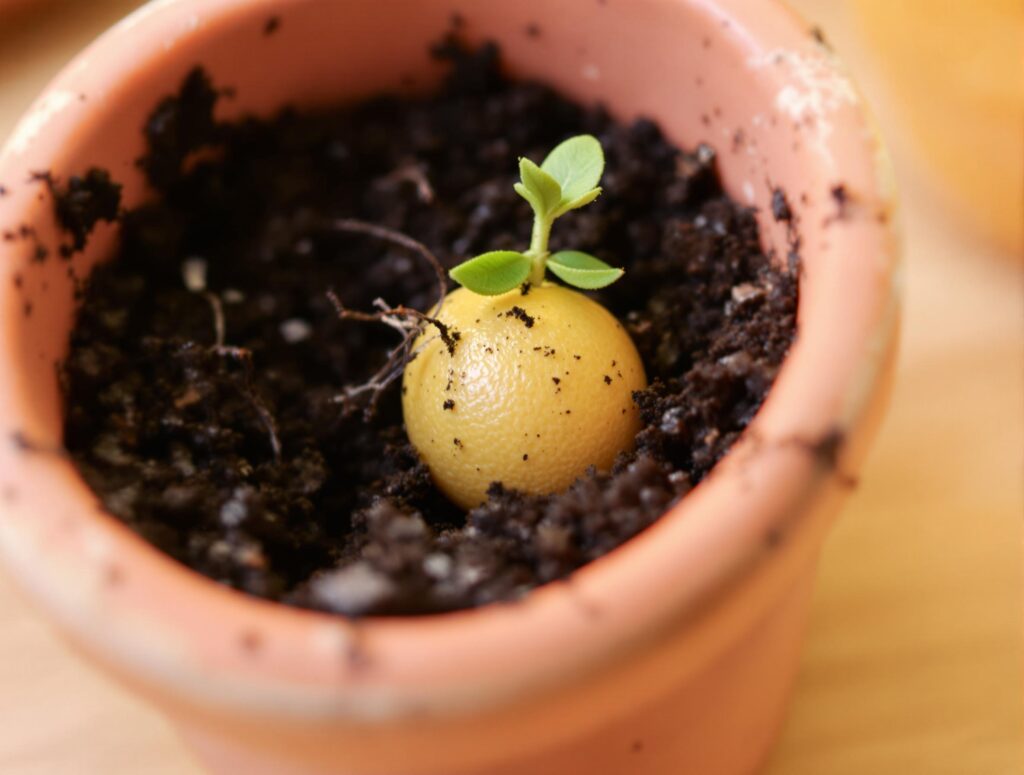
Grow lemon in a cup is a rewarding way to bring nature indoors. This guide will walk you through cultivating your own lemon plant from seed to harvest, highlighting the benefits and steps for successful indoor gardening.
Why Grow Lemon in a Cup?
Growing a lemon tree in a cup offers several advantages, especially for beginners or those with limited space. It allows you to start small and monitor the seed’s progress easily. Plus, it’s a fun and educational project that adds a touch of green to any room.
Indoor plants, including lemon trees, offer numerous health benefits. They act as natural air fresheners, improving indoor air quality and creating a pleasant atmosphere. According to Healthline, keeping indoor plants can reduce stress and boost your mood, making your home a more inviting and calming environment.
Materials Needed
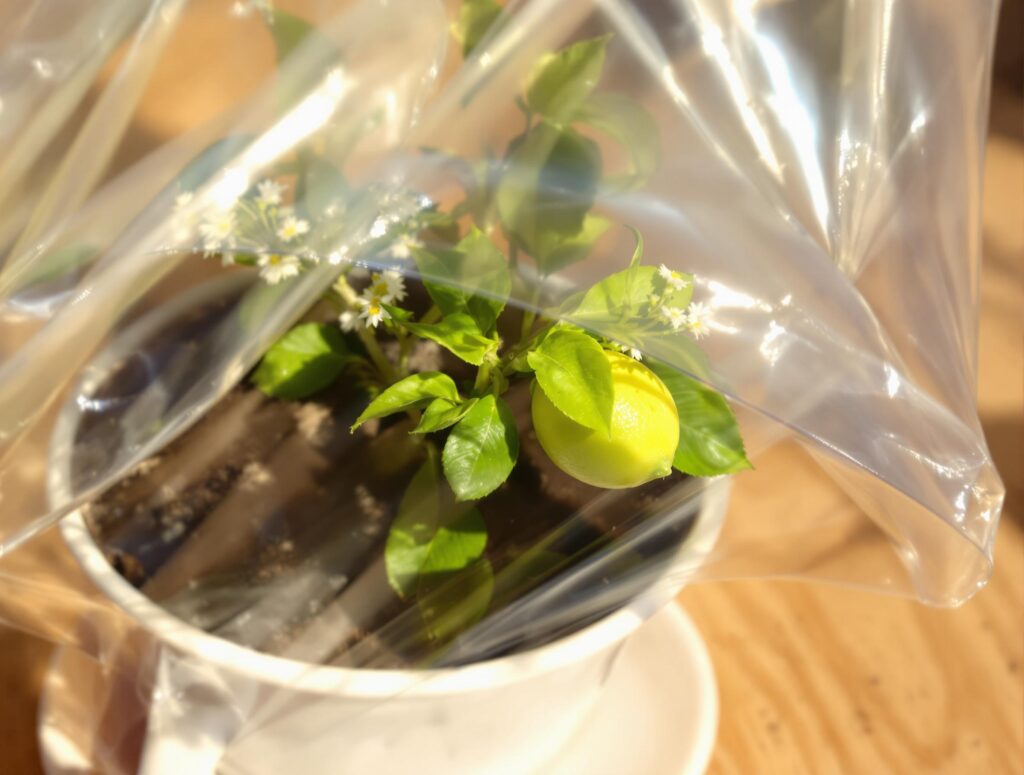
To begin your indoor lemon-growing journey, gather the following materials:
- Fresh lemon seeds (preferably organic)
- A small cup or container with drainage holes
- Well-draining potting soil
- Plastic wrap or a small plastic bag
- A spray bottle for watering
- A sunny indoor location
Choosing and Preparing Lemon Seeds

Selecting the right lemon seeds is crucial for successful germination. Follow these steps to prepare your seeds:
- Choose fresh, organic lemons to extract the seeds.
- Rinse the seeds under lukewarm water to remove any pulp.
- Keep the seeds moist, as dry seeds may not germinate well.
For more tips on organic gardening, check out this comprehensive guide to organic gardening.
Planting the Seed in the Cup
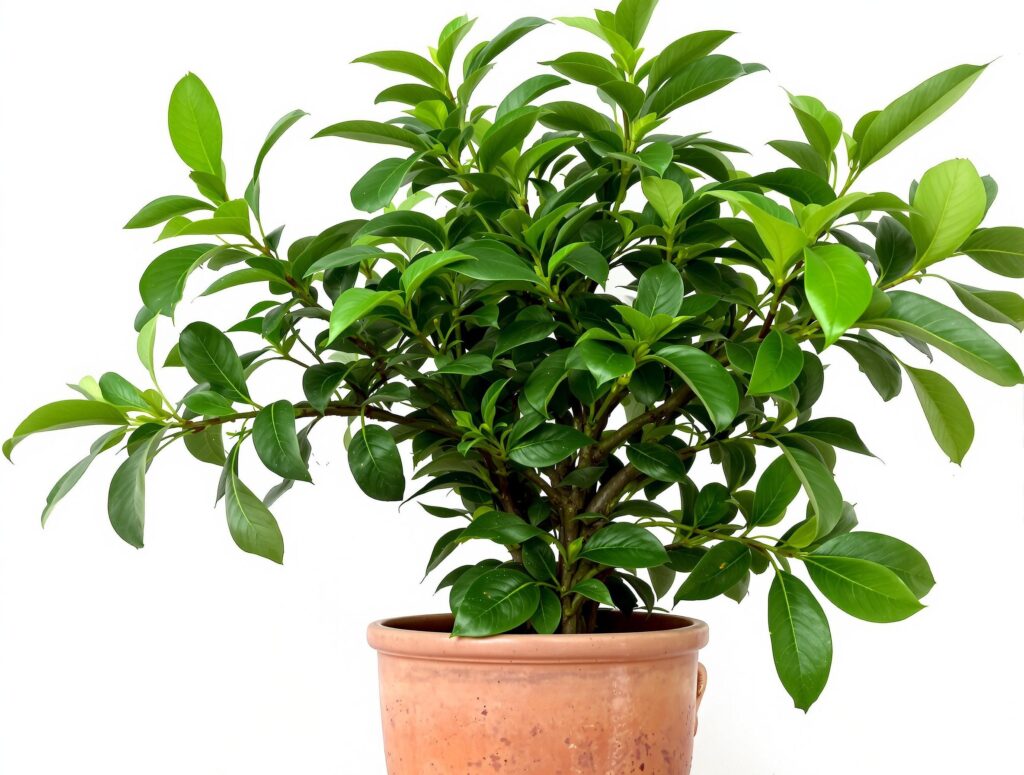
Once you have your seeds ready, follow these steps to plant them:
- Fill the cup with potting soil, leaving about half an inch of space at the top.
- Plant the seed about half an inch deep into the soil.
- Cover the seed with a thin layer of soil and gently press it down.
Creating a Mini Greenhouse
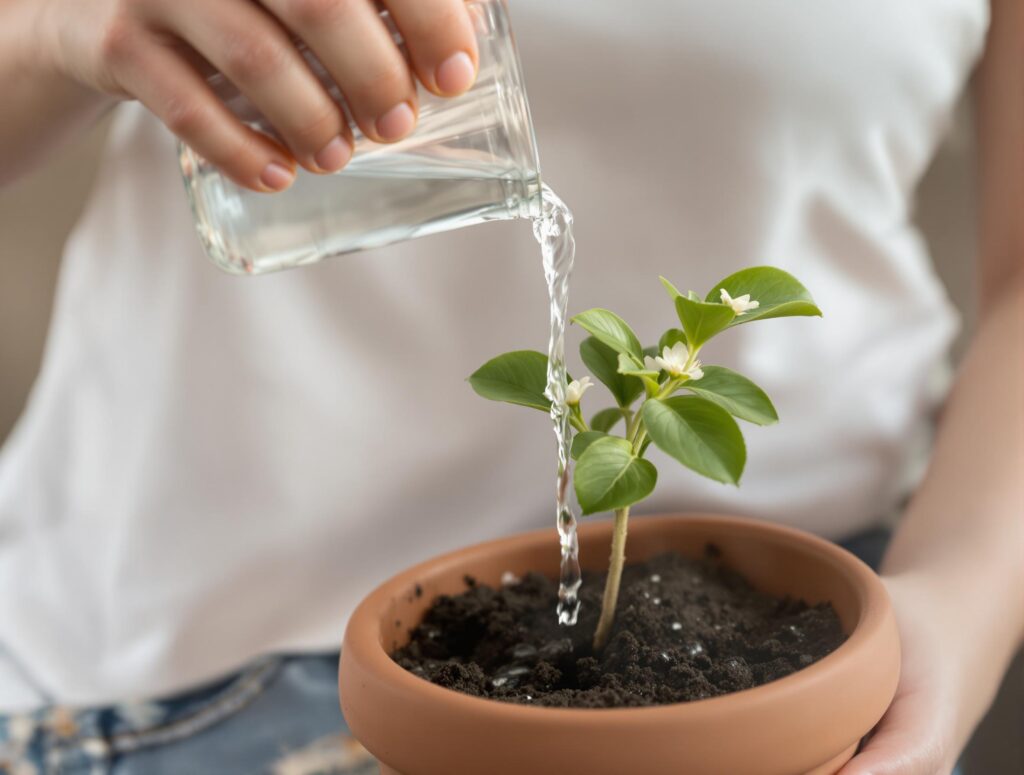
To create an ideal environment for germination, follow these steps:
- Cover the cup with plastic wrap to create a mini greenhouse effect.
- Poke small holes in the plastic wrap to allow airflow.
- Place the cup in a warm, sunny spot, like a windowsill.
Watering and Initial Care
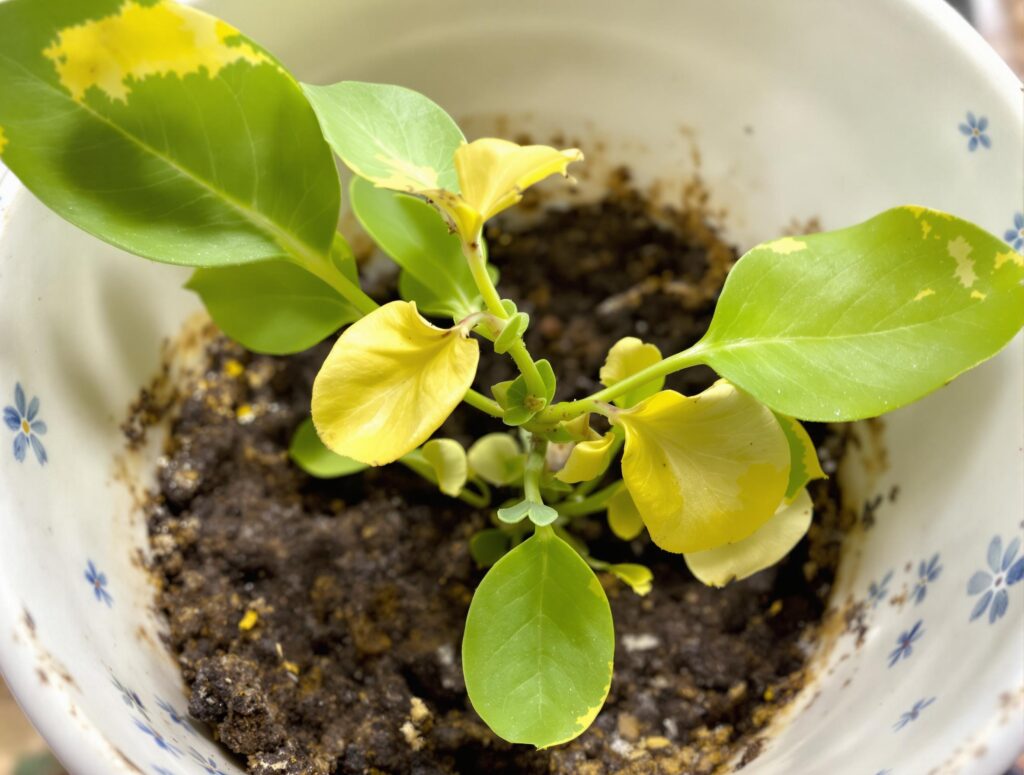
Proper watering and care are essential during the germination period:
- Maintain consistent moisture in the soil without overwatering.
- Check the soil regularly and water it lightly when the top feels dry.
- Be patient, as germination can take 2-4 weeks.
Germination and Early Growth
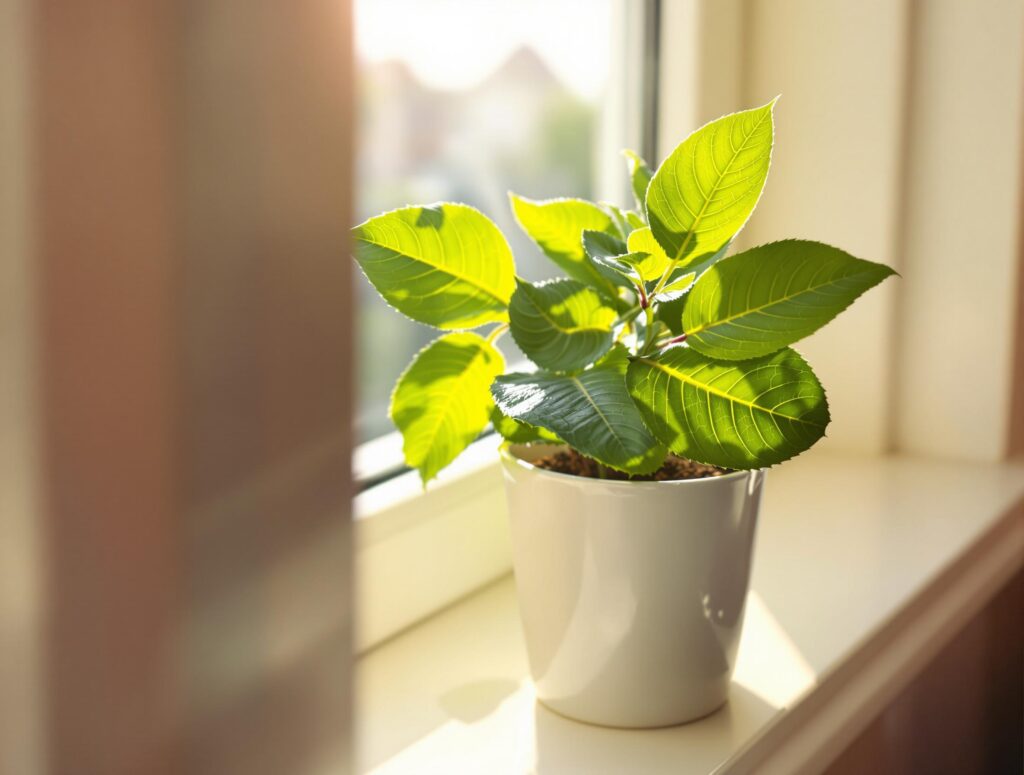
Once your lemon seed germinates, follow these steps to care for the seedling:
- Remove the plastic cover when the sprout emerges.
- Ensure the seedling receives adequate sunlight and warmth.
- Continue to keep the soil moist but not waterlogged.
Transplanting the Seedling

As your lemon plant grows, it will eventually need more space. Here’s how to transplant it:
- Choose a larger pot with good drainage.
- Fill the pot with a mix of potting soil and organic compost.
- Gently transfer the seedling to the new pot, ensuring the roots are well-covered.
Ongoing Care Requirements

Proper care is essential for the health and growth of your lemon tree:
- Light: Ensure the plant receives 6-8 hours of sunlight daily.
- Watering: Keep the soil consistently moist but avoid waterlogging.
- Temperature and Humidity: Maintain warm temperatures and adequate humidity.
- Fertilizing: Use a balanced, organic fertilizer every 4-6 weeks during the growing season.
For more tips on caring for citrus plants, refer to this guide on citrus plant care.
Pruning and Encouraging Bushier Growth
Pruning your lemon plant can encourage bushier growth:
- Pinch back the top leaves to promote branching.
- Trim any dead or yellowing leaves to maintain plant health.
Common Issues and Troubleshooting
Addressing common issues can help your lemon plant thrive:
- Yellowing Leaves: May indicate overwatering or nutrient deficiency.
- Mold on Soil: Can be prevented by reducing watering and improving airflow.
- Slow Growth: May be due to insufficient light or poor soil quality.
Benefits of a Lemon Plant Indoors
Growing a lemon plant indoors offers numerous benefits:
- Acts as a natural air freshener.
- Provides stress relief and mood-boosting effects.
- Adds aesthetic appeal to your living space.
Harvesting and Enjoying Your Lemons
With proper care, your lemon tree may produce fruit in a few years:
- Be patient, as fruiting can take time.
- Enjoy the fresh, homegrown lemons in your favorite recipes.
FAQs
- How long does it take for a lemon seed to germinate?
- Typically 2-4 weeks with proper care.
- Can I grow a lemon tree indoors year-round?
- Yes, with adequate light and warmth.
- What type of soil is best for growing lemons?
- Well-draining potting soil mixed with sand or perlite.
- How often should I water my lemon plant?
- Water when the top inch of soil feels dry.
- When should I fertilize my lemon plant?
- Every 4-6 weeks during the growing season.
Growing a lemon tree in a cup is a fulfilling project that brings a touch of nature indoors. With patience and proper care, you can enjoy the benefits of a thriving lemon plant in your home.